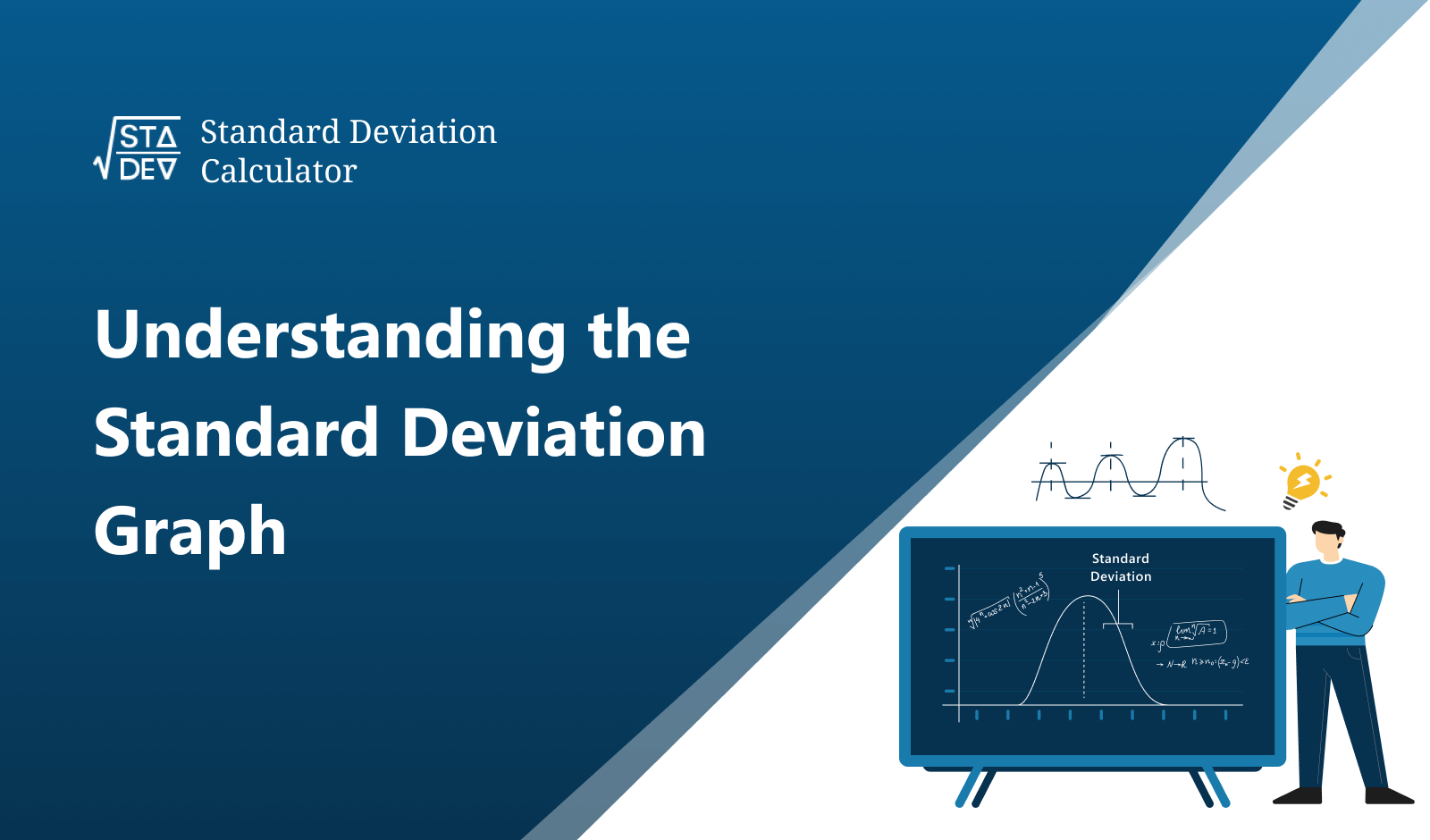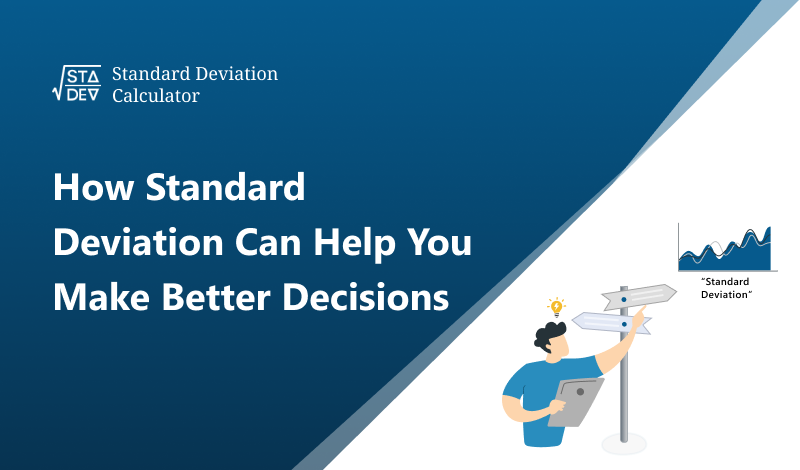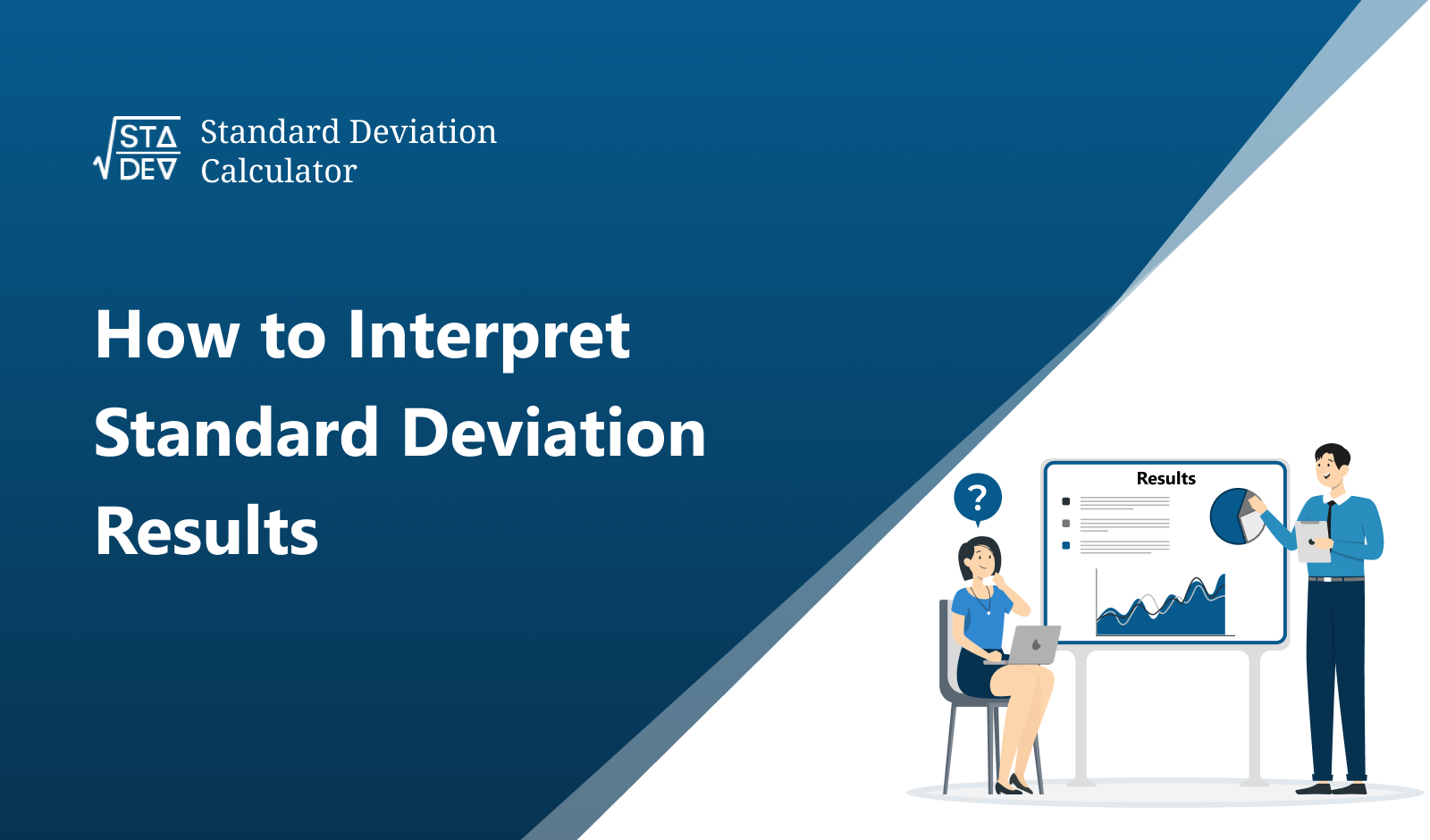Expected Value Calculator
We love feedback
How would you rate your experience?
Any thing you want to tell us?

How to use the expected value calculator?
Follow the steps below to use the expected value calculator:
- Put all possible outcome values of “X” in the given box.
- Put all the probabilities of an outcome “P (x)” in the below box.
- To the expected value click on the “Calculate” button
- To more inputs click on the “Reset” button.
Expected value E(x)
| x | P(x) | x × P(x) | |
|---|---|---|---|
| ∑xi = | ∑ P(xi) = | ∑xi × P(xi) = | |
We love feedback
How would you rate your experience?
Any thing you want to tell us?







